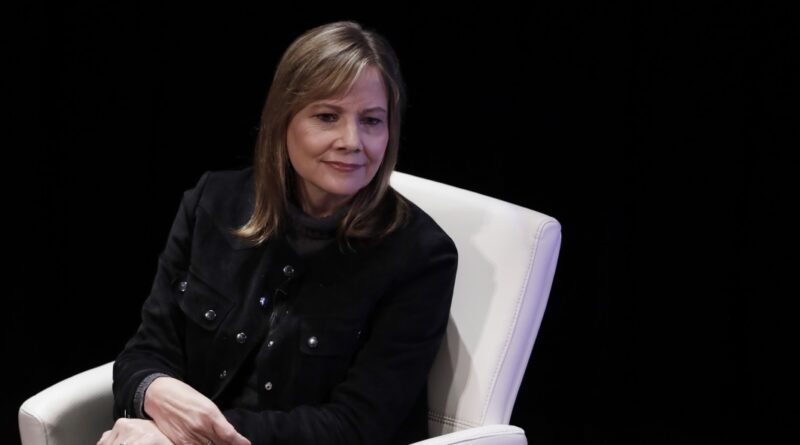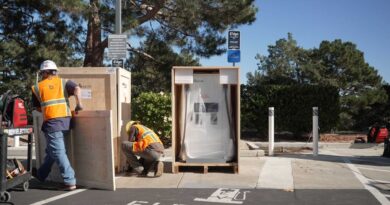Ford, GM CEOs open to partnerships to compete with China
The chief executives of U.S. automakers Ford and General Motors said on Thursday they would consider partnerships to cut electric vehicle technology costs as Chinese rivals move into the U.S. and European markets.
“If there’s ways that we can partner with others, especially on technologies that are not consumer-facing, and be more efficient with R&D as well as capital, we’re all in,” GM CEO Mary Barra told investors at a conference sponsored by Wolfe Research.
Ford CEO Jim Farley opened the door to collaboration with other automakers to cut EV battery costs during a separate presentation at the conference earlier on Thursday.
The Detroit companies and other Western automakers are under increasing pressure from BYD and other low-cost Chinese electric vehicle makers that are accelerating exports of vehicles to Europe, Latin America and Southeast Asia. BYD is considering building an assembly plant in Mexico that could be a base to ship EVs to the United States, Nikkei reported earlier this week.
“If you cannot compete fair and square with the Chinese around the world then 20% to 30% of your revenue is at risk” over the next several years, Farley said.
Ford has projected it will lose $5 billion to $5.5 billion on its EVs this year. The company has launched a dedicated “skunk works” team – separated from the company’s main engineering operations – to design a small, low-cost EV that could compete with BYD’s Seagull model, the CEO said. Ford is also evaluating its battery strategy.
“We can start having a competitive battery situation. We can go to common cylindrical cells that could add a lot of leverage to our purchasing capability,” Farley said. “Maybe we should do (this) with another OEM (automaker).”
China production
BYD can produce its small Seagull EV for $9,000 to $11,000 in materials, Farley said. Wolfe Research analyst Rod Lache said he estimates Chinese production costs are 30% lower than Western automakers’ costs.
“Last year, 25% of all vehicles sold in Mexico were sourced in China,” Farley said. “The world is changing.”
Farley said he has ordered Ford engineers to develop a new, affordable EV, “and you have to make money in the first 12 months. If you can’t make money we aren’t launching the car.”
Ford and GM shares were broadly unchanged in premarket trading on Friday.
Barra said GM is already well-positioned to begin breaking even on its North American EVs during the second half of this year if it can achieve an annualized production rate of 200,000 to 300,000 vehicles – and continue benefiting from federal EV subsidies authorized by the Inflation Reduction Act.
GM fell short of its 2023 North American EV production targets in part because of problems manufacturing battery modules. “I own that,” Barra said. But now, she said GM is on track to overcoming those problems, as well as fixing software glitches that hobbled the launch of the Chevrolet Blazer EV this year.
In China, Barra said GM’s brands will concentrate on premium and higher-priced segments as domestic Chinese automakers crowd into mainstream market segments.
Ford and GM face pressure from investors to rein in spending on EVs and return more cash to shareholders. Renault and Stellantis on Thursday said they would return cash to investors via share buybacks and higher dividends.
Earlier this month, Ford said it would return about $720 million to shareholders in the form of an 18 cents a share special dividend.




